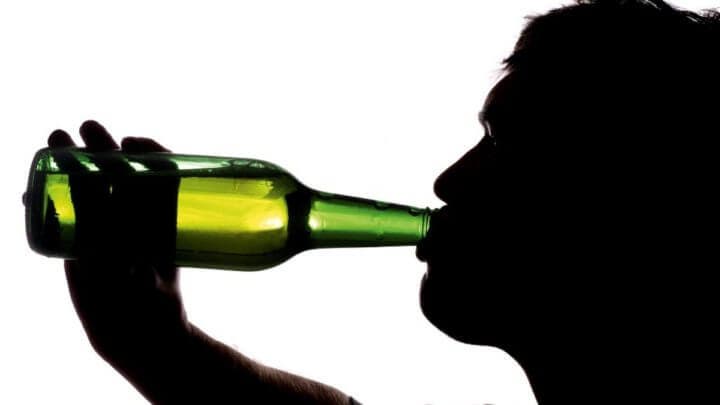Society must take collective responsibility for reducing the harm caused by alcohol use disorders. It is one of the premises to which researchers from the University of Otago arrive.
And it is that, from the Department of Psychological Medicine of the Dunedin School of Medicine of New Zealand, they argue that, although many people enjoy alcohol and that only a minority develop a substance use disorder, the negative consequences of such disorder they can be severe and prolonged (Rapsey et al. 2018).
Now, the study carried out, which in turn has been published in Alcohol and Alcoholism , used data from a renowned pollster in that country to study the transitions from alcohol consumption to the final degeneration that is well known as alcoholism.

Why does alcoholism occur?
Of the nearly 13,000 study participants, 94.6% had consumed alcohol at least once, 85.1% had had at least 12 drinks in the past year, and 16% had developed an alcohol disorder. Figures that, although they belong to the survey study, do not cease to cast a worrying reality (even for nonalcoholics).
On the other hand, what was most concerning was that with each 10% increase in the number of people who consume alcohol in a person's age group and gender, there was a greater chance that they would develop an alcohol disorder in the following year .
That said, for young people, peer group norms influence alcohol use . Therefore, if people in a peer group drink, it is more likely that those who do not usually drink or do not like to drink will end up drinking. Also, what is interesting about this study is that the chances of developing this disorder are higher in the future, depending on several factors. However, the majority of people who drank started in high school and quickly progressed from using alcohol to having an alcohol disorder.

When does alcoholism start to develop?
The reality is devastating. Considering that many adolescents drop out of high school at 18 years of age, 79% of 18-year-olds had consumed alcohol and 57% drank regularly (Rapsey et al. 2018). A fact that is revealing to understand this disease.
Similarly, of those who developed an alcohol use disorder, 50% did so at age 20 and 70% at age 25, which reveals that the genesis of this terrible disease occurs from the most productive years of an average human being: during youth.

Who are most susceptible to alcoholism?
Another key finding was provided by people who lived with alcohol use disorders for a long time before experiencing remission. No more and no less than 45% of people still meet the criteria for an alcohol disorder after 10 years. On the other hand, men are at higher risk of developing alcoholism and are less likely to quit smoking.

Measures to prevent alcoholism
This research also highlights a strong collective responsibility among members of a society: by reducing drivers of overall levels of consumption, we have the opportunity to reduce the collateral damage that can be done to others.
On the other hand, the relatively small drawbacks – limiting the availability of alcohol and higher alcohol prices can have a significant influence on reducing alcohol-related harm. Although, they are not totally relentless in eradicating this behavior.

Public policies to eradicate alcoholism
The researchers of this study argue that the work they have been developing adds to a set of other initiatives that promote policies aimed at reducing consumption in general.
Likewise, the report of the Law Commission on Alcohol in Our Lives, indicates that a series of recommendations based on evidence were made to reduce the harm related to alcohol in New Zealand. Unfortunately, regulations in the oceanic country have not adopted many of the recommendations that had the potential to change people's lives. Indeed, there is clear research to guide policy makers if there is social and political will.
Finally, this latest research also indicates that resources to prevent and treat alcohol use disorders should focus on those under the age of 25 in particular. In itself, individuals located in this age range are the most susceptible to becoming alcoholics, (Rapsey et al, 2018).
In addition, although most disorders develop in young people, an alcohol disorder is a chronic condition and, therefore, treatment must be available for many years, with the consequent expense that it entails in health policies.
Reference
- Rapsey, C., Wells, E., Bharat, C., Glantz, M., Kessler, R., Scott, K. (2018). Transitions Through Stages of Alcohol Use, Use Disorder and Remission: Findings from Te Rau Hinengaro, The New Zealand Mental Health Survey. Alcohol & alcoholism. doi: 10.1093 / alkal / agy069
